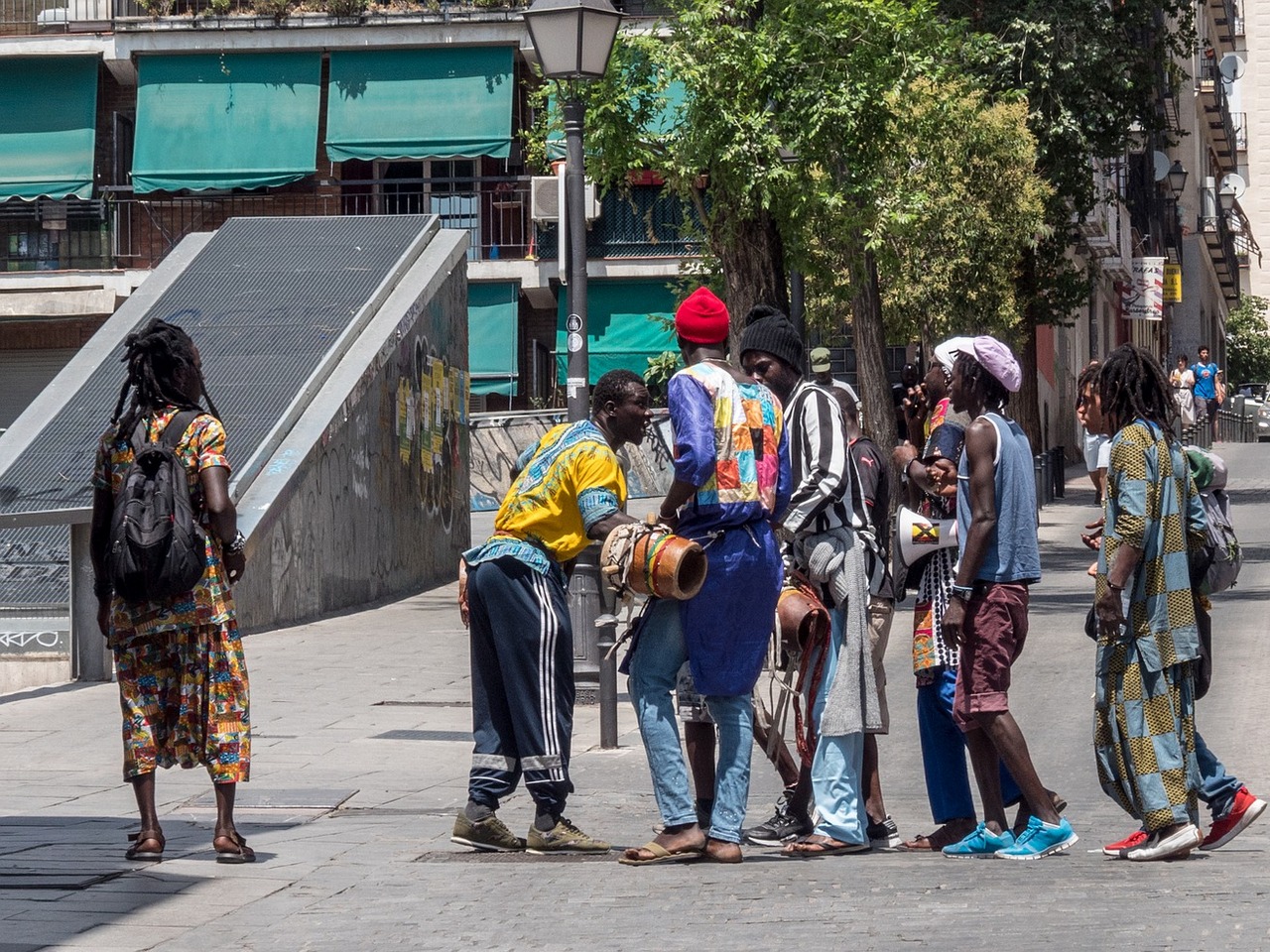According to the results of studies based on data from surveys of representatives of small businesses, there are favorable conditions for the development of African American businesses in a number of American states:
- Atlanta, Georgia: is an inexpensive city to live in with a favorable business environment. It is also worth noting that Georgia’s consumer market is the third largest African American consumer market in the United States;
- City of Montgomery, Alabama: The city’s black population is growing rapidly, and about a third of the businesses are owned by African American entrepreneurs.
- City of Memphis, Tennessee: A significant number of businesses in the city are owned by African Americans. Also, Memphis has a developed music and television industry; The Association of Black Businessmen of the city offers its services in the provision of legal advice, training seminars and events to create and strengthen business ties;
- The city of Baltimore, Maryland: the city’s businesses, including companies owned by African Americans, generate large income from the 270,000 suburbanites who come to Baltimore to work every day;
- the city of Richmond, Virginia: is the center of the “black capitalism” of the United States. This city has a special structure of companies owned by African Americans. As many as 8.67% of these companies have employees on their staff (in the country as a whole, the share of non-personal enterprises owned by the black population is half that).
And finally, the most delicious thing is the numbers. As of 2013, there are 3.8 million black immigrants in the United States (compared to 1980, their number has quadrupled). Today, the share of immigrants in the total number of blacks in the United States is 8.7%. Elsewhere the figure is 1.5 million African blacks. The main donor states of migration are English-speaking countries and countries affected by civil wars – now or in the recent past. Of the Africans who arrived in the United States surveyed in 2013, 226 thousand people (22% of those who arrived) named Nigeria as their country of birth, and 191 thousand people (19%) – Ethiopia, Ghana – 19%, Kenya – 10%, Somalia 8%, Liberia 8%, Cameroon 5%, Sierra Leone, Eritria and Sudan 3% each. All of these have a very high TFR. EMNIP in Ghana has more than 4 children, and the rest have more than 5 children per woman. In general, there is no reason to believe that in the new homeland it will be much less in the first generation. So, I suspect that these guys, and not Hispanic blacks, give the super-growth more.
Geography saves so far. Little travels to the South. About 95% of Africans in the United States are city dwellers, mainly residents of large metropolitan areas, in the first place among which in terms of the number of Africans are the metropolitan areas of New York and Washington. They haven’t tasted Atlanta yet. Most of the percentage of black immigrants live in the following cities: Miami (34% of the total population of the city), New York (28%) and Washington (15%). By state, by far the most of them are in New York, Texas, Maryland and California. Also, African ethnic communities are widely represented in the southeastern (Georgia, Virginia, North Carolina) and northeastern (Ohio, Pennsylvania) states of the United States.
In the future, an increase in the number of immigrants from the African continent is expected to enter the United States: according to the Bureau of Statistics, by 2060, about 16.5% of the black population of the United States will be immigrants! All forecasts must be made with this in mind.
